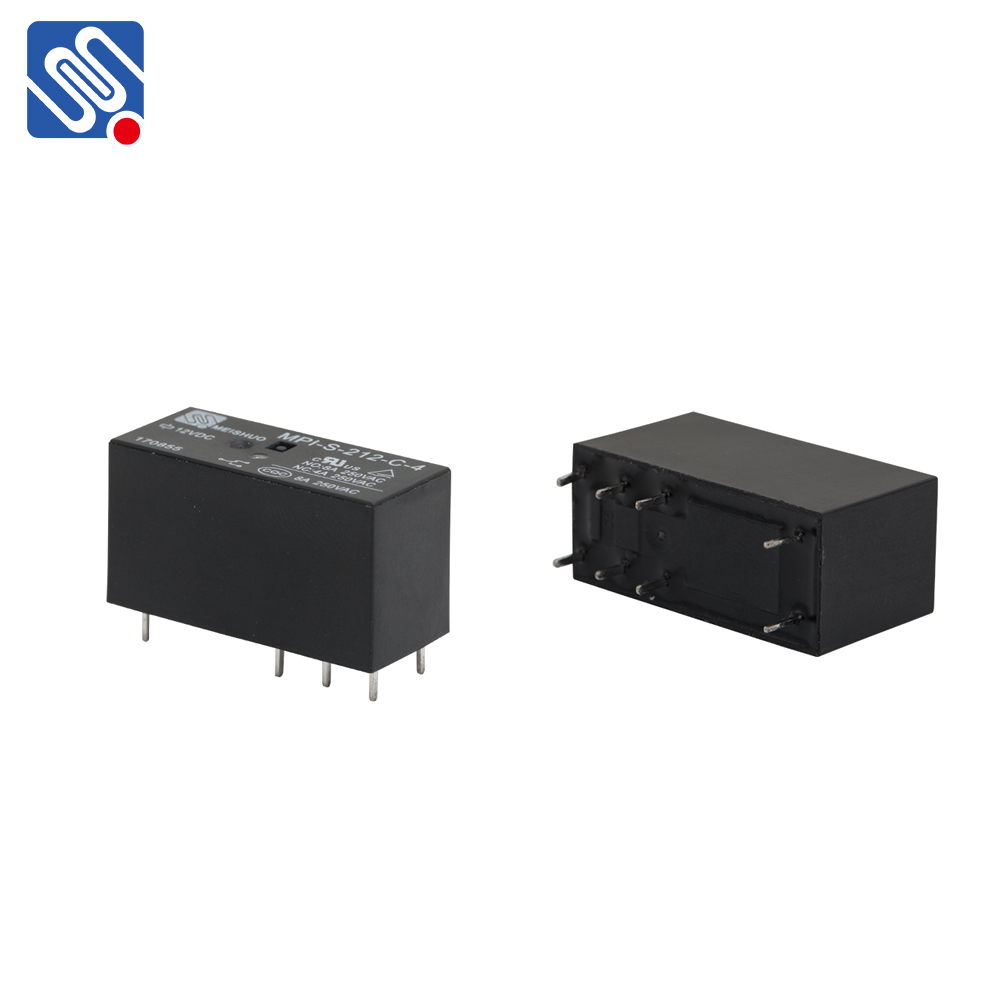Relay efficiency plays a pivotal role in modern communication systems, particularly in the realm of wireless networks, satellite communication, and multi-hop transmission. As technology continues to advance, the demand for faster, more reliable communication networks grows exponentially. In this context, relay efficiency is crucial for ensuring seamless data transmission across networks, especially when communication spans long distances or is impeded by obstacles. This article aims to explore the concept of relay efficiency, its significance in communication systems, and the factors that influence it.

What is Relay Efficiency? Relay efficiency refers to the ability of a relay node in a communication network to effectively forward signals between the source and destination. In multi-hop communication systems, relay nodes act as intermediaries, forwarding messages across different segments of the network to extend coverage, reduce direct transmission distances, or mitigate signal degradation caused by environmental factors such as interference or obstacles. High relay efficiency ensures that the signal maintains its integrity, minimizing errors and data loss during transmission. In simpler terms, relay efficiency determines how well a relay node can transfer a message without significant loss in quality, speed, or reliability. Achieving high efficiency in relay systems can lead to faster data transmission, enhanced signal quality, and improved network performance.